The Curly Girl Method 101
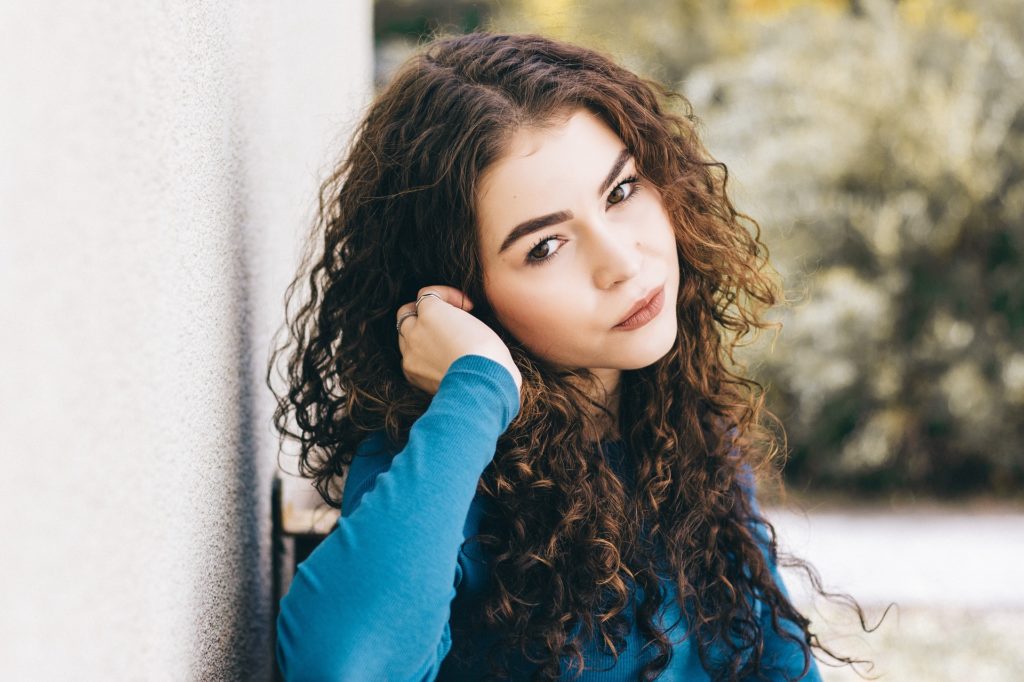
Here’s your introductory post on all things Curly Girl!
This post aims to give you some background on the Curly Girl Method, and a basic understanding of each key element.
But (as I’m sure you’ll soon find out) there’s a ton of deeper, more detailed information for each of these steps, plus a handful of other tips and tricks for maintaining a
You can find more on starting the Curly Girl Method here and find some suggested beginner products here.
This page does contain affiliate links, which means if you purchase something using the product links on this page, I may get a small commission. This comes at no extra cost to you and helps keep this site running. Thank you!
The basics
The Curly Girl Method comes from The Curly Girl Handbook by curly hair specialist Lorraine Massey.
As a curly girl herself, Lorraine spent most of her life struggling with her curls, until she started to really pay attention and understand them.
She came to discover that the secret to beautiful, healthy curls really boils down to being sure your curls are moisturized and handling them gently.
What to avoid
This process starts with the hair products you’re using and making sure your avoiding things that are damaging or drying for your hair. This includes:
Sulfates
Most shampoos have harsh sulfates in them, which are the ingredients that play a big role in getting your hair nice and clean.
The problem for curly girls is they also strip your hair of a lot of natural, moisturizing oils.
These moisturizing oils start at the scalp and work their way down the hair, keeping the hair moisturized, shiny, and helping to limit frizz.
Because of the nature of curly hair, it takes the natural oils a longer time to twist and turn down an entire strand of hair than it does on straight hair.
Stripping your hair of its natural oil is removing a natural source of moisture, which leads to drier, frizzier, unhealthy hair.
Silicones
A lot of products have silicones in them. Silicones are a main ingredient in a lot of curly hair products because they help with frizz control. However, they can be heavy on the hair and lead to breakage and long-term damage.
Beyond that, in order to remove silicone build up from your hair, you need to wash it with a sulfate shampoo, which brings us right back to removing moisturizing hair oils.
Side note: there are moisturizing, water soluble silicones, that are okay to use because they don’t require a sulfate to wash them out. It’s the non-water soluble silicones you’re looking to avoid.
Drying Alcohols
Since you want to keep hair moisturized to help curls form, you want to avoid any alcohols that are going to counteract that.
Parabens
Parabens are said to be bad/damaging for your skin, hair and health.
I avoid them, but this element isn’t followed as religiously by every curly girl.
To check if a product is curly girl approved, check out this site. You can enter (or copy and paste) a product’s ingredients and the site will tell you if the product is curly girl approved. Just make sure each ingredient is separated with a comma.
It will likely take some experimenting to find the products that will be best for your hair, so this site is a great resource!
If you’re looking for some starter products, here’s a post with inexpensive, tried and true, curly girl approved products for beginners.
Heat
This is a big one. Heat zaps moisture from hair like nothing else. This leave curls dry, damaged and frizzy.
This means no curling irons, no straighteners, no blowdrying on high heat, and no scolding hot showers. (Warm showers are okay, though. You don’t want to be uncomfortable.)

What to do and include
Co-Washing
One of Lorraine’s biggest discoveries was that her hair looked better and healthier the less she washed it.
She came to discover that there are enough cleansing properties in a botanical conditioner to clean the scalp and hair of any dirt that may have built up.
This is called conditioner washing or co-washing.
You don’t need to co-wash your hair every day.
Most curly girls find every 3-4 days is enough, but it really comes down to what works best for your hair.
You may need/want to co-wash more often in the beginning and back off over time until you find the magic number for your hair.
You can purchase a co-wash designed specifically for this job or use a lightweight botanical conditioner like Suave Essentials.
Sulfate-Free Shampoo
If you just can’t get behind the idea of being shampoo free, that’s okay! You can use a sulfate-free shampoo.
These shampoos are made to clean a little more deeply than a co-wash, but without the harsh sulfates that strip your hair.
Even if you do switch to strictly co-washing, it’s a good idea to give your hair a sulfate-free shampoo wash from time to time to get rid of product build up.
You may want to do this as often as once a week, or as little as once every-other month. Again, you’ll have to play around and see what’s best for your hair.
Conditioning
Regular, extensive conditioning is one of (if not, the) biggest factors to healthy happy curls. You want to use a sulfate /silicone/alcohol(/paraben/mineral oil) free conditioner.
You’ll likely be using a lot of it–especially in the beginning.
This conditioner is typically heavier than your lightweight co-wash, but if you find you get enough moisture from your co-wash you can use the same one.
Alternatively, you may find that you need a heavier rinse out when you first start, but over time, as your hair gets healthier, you’re able to switch to a lighter conditioner.
A good inexpensive, heavier rinse out condition is Tresemme Botanique Coconut and Aloe Vera. For more, here’s a list of 25 Curly Girl Approved Conditioners.
Deep condition
The dryer your hair is, the more you might want to think about deep conditioning. This adds a ton of moisture to your hair, which helps keep your hair curly and frizz-free.
You might want to deep condition once a week, once a month, or every time you wash your hair, depending on your hair’s individual needs. Use according to package instructions.
Leave-in conditioner
For added moisture, you may want to use a leave-in conditioner when you style your hair.
You can use a sulfate/silicone/alcohol(/paraben/mineral oil) free leave-in conditioner that’s specifically designed for this purpose, or you can use a little bit of your rinse out conditioner.
Alternatively, you can simply leave some of your rinse out conditioner in your hair instead of rinsing it all out.
Some curly girls skip this step entirely if they feel their hair has enough moisture.
Cream
For added moisture and curl definition, you may want to use a sulfate/silicone(/paraben/mineral oil) curl cream.
Some curly girls skip this step. You may find you need a leave-in OR a cream, or both, or neither. Again, you’ll have to experiment to see what’s best for your hair.
Gel
This is the one product that very few curly curls skip.
Drying your hair
Air drying is best!
If you find that your hair is dripping wet, scrunch your hair with a t-shirt to remove excess moisture. Some people do this before they apply their products, and some people do this after. You can see what works best for you.
Whatever you do, don’t use a regular towel. They absorb too much moisture. If you’re not liking the idea of using a t-shirt, you can use a microfiber towel.
If you can’t wait for your hair to air dry, you can use a blow dryer with a diffuser on cool/warm and low/medium. Avoid high and hot settings. Too much air will ruffle your curls and too much heat will damage your hair. Both will cause frizz.
Your hair is most prone to frizz when it’s drying, so it’s important you do your best not to touch or play with it too much.
Be gentle
Overall, be as gentle with your hair as possible. Try not to cram it into a
If you can, sleep on a statin pillow case, which absorbs less moisture.
Try to use cloth scrunchies and avoid elastics, as they cause breakage.
If you want to shift your hair from one side of your head to the other, try to do so from the root.
How do I know this stuff?
About a year ago, in my search for cheaper but equally as effective curly-hair products, I stumbled upon the Curly Girl Method and decided to give it a shot.
I’ve followed the Curly Girl Method pretty religiously since then, so all of this info is coming from my year of research and collecting information, and my own experience.

Looking for more guidance on your curly hair journey?
For beginners
If you’re new to curly hair care and looking for some help, you should check out the No-Stress Guide to Curly Hair Care!
After spending two years learning and caring for my curly hair, I wanted to create my own, in-depth guide to help fellow curlies create incredible curls in the easiest way possible.
It took me a while, but I eventually found an approach that helped me create a curly hair routine that fits into my life in the simplest way possible. And now I want to help you do the same!

For more intermediate/advanced guidance
If you’ve been on your curly hair journey for a while but still have some struggles, check out Curly Hair Problems!
After spending hours scouring the internet looking for solutions to my own curly hair problems, I found myself wishing for an easier, more comprehensive guide to the most common problems.
So that’s what I created!
Curly Hair Problems offers you 78 total solutions to the five most common curly hair care problems, including frizz, curl clumps, limp curls, product issues, and scalp issues.

Sound off: What are your thoughts on the curly girl method? Tell us in the comments!
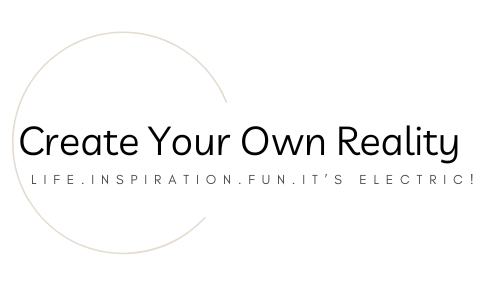
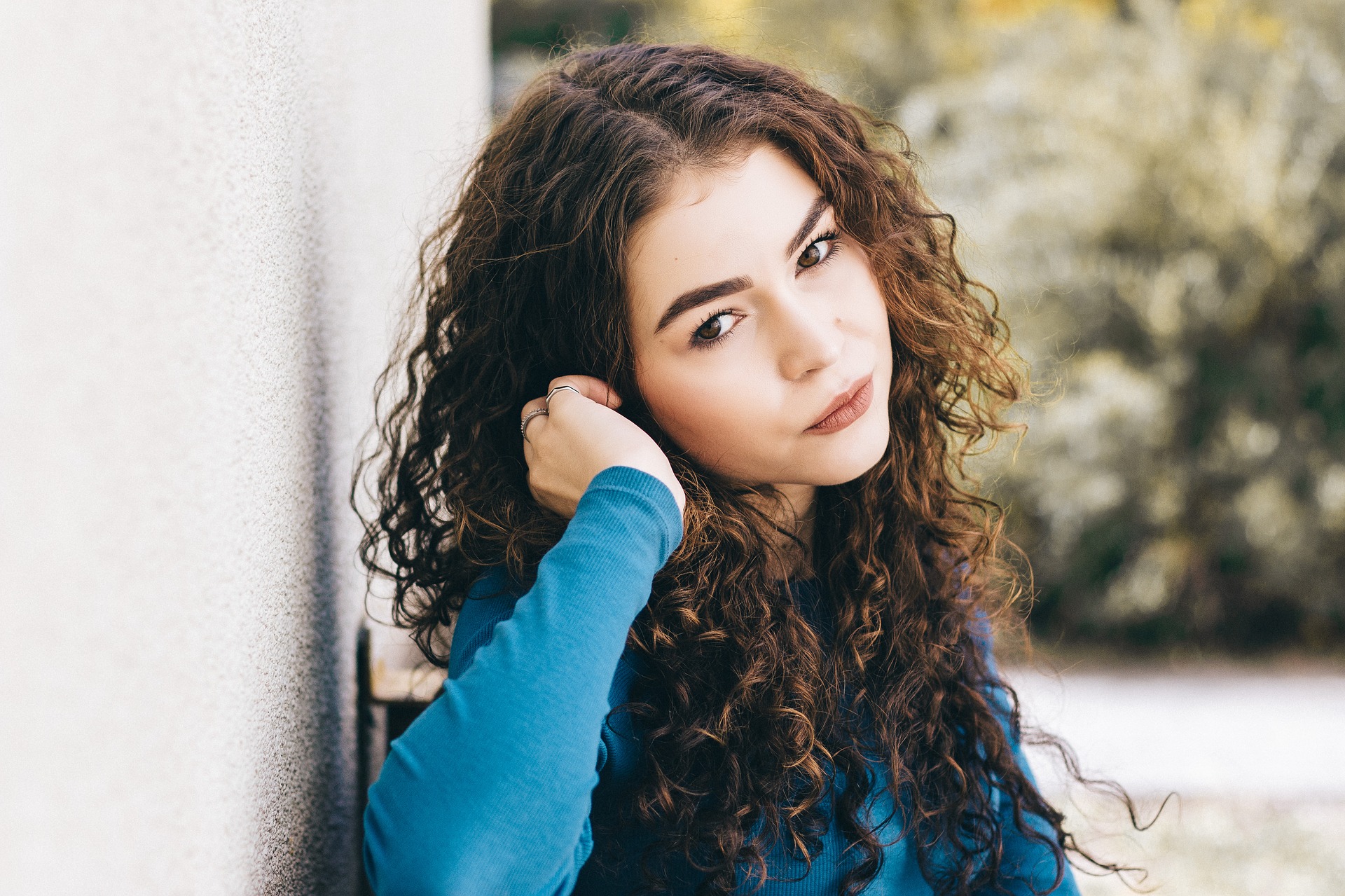
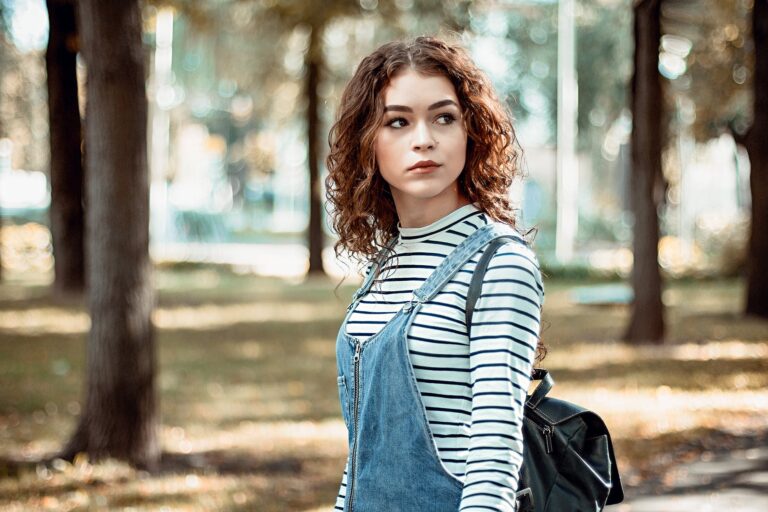

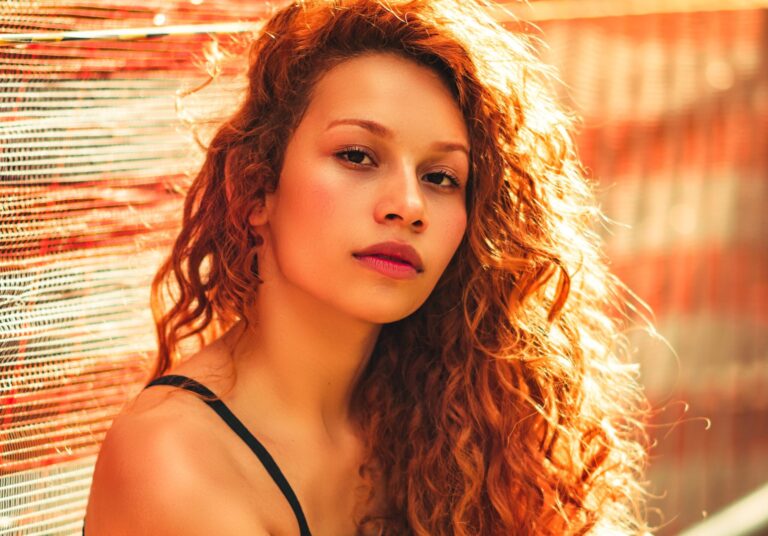
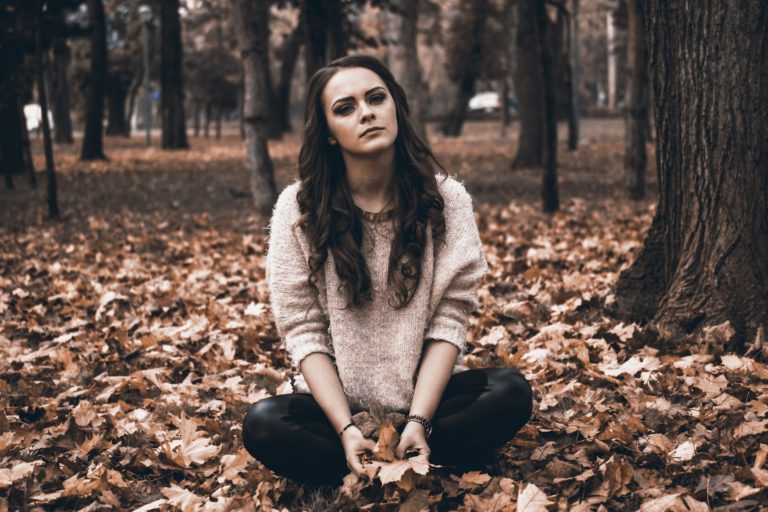
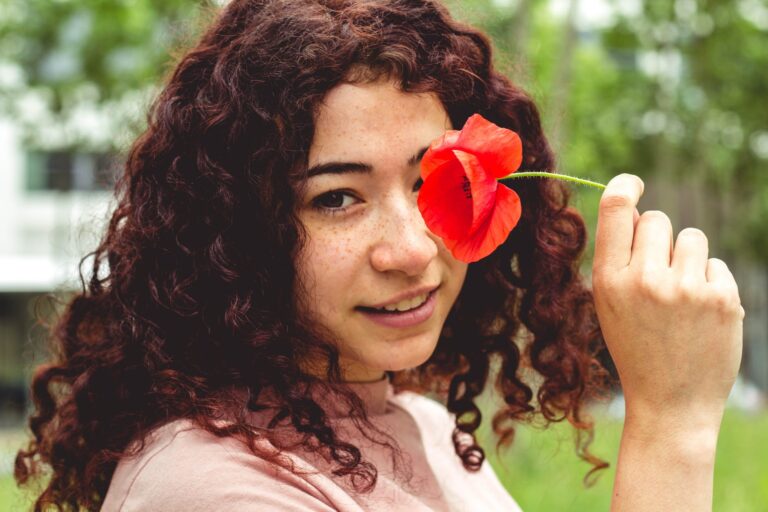
How long will it take for the curly girl method to work? I want to try it, but I’m afraid of going weeks with frizzy, almost curly hair while I wait for my hair to adjust.
Honestly, this is going to vary from person to person, but I think the biggest determining factor is how heat damaged your hair is and if you usually straighten your hair–but this is just a theory. Personally, I had pretty immediate results, but I never blow dry my hair and I’d given up straightening about ten years before I started the curly girl method. I also have a friend who recently started the method, never straightened and rarely blow dried and she had pretty immediate results too. I also have a dry scalp, so I never had a really oily transition period (though, this could also be because I used a sulfate free shampoo instead of strictly cowashing). Of course, I’ve heard stories about people who’ve had frizzy, oily, and half curled hair, but that wasn’t my experience.
Will this work for some one who has wavy hair and not so defined curls? Yours are gorgeous by the way.
Thanks so much! And yes, it should work for wavy hair too! I have several wavy friends who follow the curly girl method and love it. But there are some differences in technique and product for curls and waves, so in addition to poking around this site, you might want to check out the Curly Girl Handbook (which has a wavy section) and swing by some wavy’s blogs/youtube channels. 🙂
How often should I be doing the rinse out conditioner?? Only when I Cowash or more often??
Ultimately, it depends on your hair and what works best for you. In the beginning, I found my hair was so dry that I had to wet my hair and use a rinse out every day. But as I got further into the curly girl method, my hair got healthier and held on to moisture better. At this point, I only do a rinse out when I wet my hair wash/cowash, which for me is once every 3-7 days (depending on frizz and product build up).
I would say, your best bet is to play around with things. Try skipping a rinse out day and see how your hair behaves. If it seems really frizzy and doesn’t look great, go back to a daily rinse out and try again in a month or two. I hope this helps!
I am confused by this sentence on leave-in conditioners: „You can use a sulfate/silicone/alcohol(/paraben/mineral oil) leave-in conditioner that’s specifically designed for this purpose, or you can use a little bit of your rinse out conditioner„. Is there a typo there and you mean to say a sulfate etc -FREE leave-in? Or can the leave in really contain silicone? Thanks!
Ah! YES! It should be sulfate/silicone/etc FREE! Thank you! You’re the only person who caught that! (or at least, the only person who let me know). Sorry for the confusion!
What can I use to get my 3a or 3b hair to soft and not crunchy or greasy?
A lot of it’s going to depend on your specific hair, so unfortunately, you’ll have to do some trial and error. However, I talk about some of my favorite styling products in this post here and this post here. If you’re talking about products making your greasy, you’re either using a product that doesn’t respond well to your hair or you’re likely using too much of it. If you’re having a problem with grease as a result of transitioning into the Curly Girl Method, you can find a post on that phase here. And if you’re using gel and finding it leaves your hair crunchy, you should just have to break up that curl cast. I talk about it in the “Applying Gel” section of the How to Start the Curly Girl Method post, and demo the technique in my Wash Day post. I hope this helps some!
Thanks so much for the advice. I’m just learning about all this, even though I’m in my 60’s, and my hair has gotten dry and brittle, I want it to be soft and healthy. I’ve stopped dying my hair, too.
My pleasure! You’ll have to come back and let us know if you find some products and techniques that work for you! 🙂
Have you tried LUS products for your curls?
I haven’t, but I’ve heard good things!
Is it ok if I still straighten my hair very rarely for special occasions? I don’t think I’m ready to just cut it out completely
Heat is one element that can do a lot of damage, even if you only use it from time to time, so it’s avoiding it is one guideline that’s pretty firm.
But ultimately, it’s your hair, it’s your call! I’d hazard a guess that if you follow the curly girl method otherwise, and keep the straightening to a minimum, your curls will bounce back easier afterward. It also might be worth looking into a heat-free straightening option. I’ve seen some brushes that are supposed to straighten your hair without heat–I haven’t tried them, so I can’t speak to them, but if you start the curly girl method and find you like it, it might be worth looking into.
Can I tie my hair in pony or a bun alongside using this method?
If you’d like to, absolutely!
Hi there,
I’m new to the girly girl method. I have no idea if my hair is curly or more wavy or a bit of both. I have been flat ironing it straight for years and would like to resume to my curls if possible. Just wondering whether I can continue to color my hair. I have greys coming in and find that I need to color my hair more often now (approx every 4 weeks at most). I absolutely do not want to stop dying my hair and want to continue with dye and highlights but really hoping it can be curly girl friendly as well? Please let me know. Thanks!
Hey Lara! I’ve got a whole post on dyeing your curls! You can find it here. But I’d also say that as long as you condition and moisturize your hair, you’ll probably be in good shape. The curly girl method is only useful if it works for your life, so if the stuff in that post doesn’t work for you, that doesn’t mean you can’t follow the other guidelines if you find them helpful. (In fact, tips like using a sulfate-free shampoo are also a good tip for dyed hair). So, I say you can absolutely follow the curly girl method and continue to dye it as you’d like (even if you don’t stick with a semi or demi permanent color). I’d just suggest deep conditioning after you dye for hair health and moisture.
I hope this helps! Good luck on your curly hair journey!
what deep conditioner do you recommend?